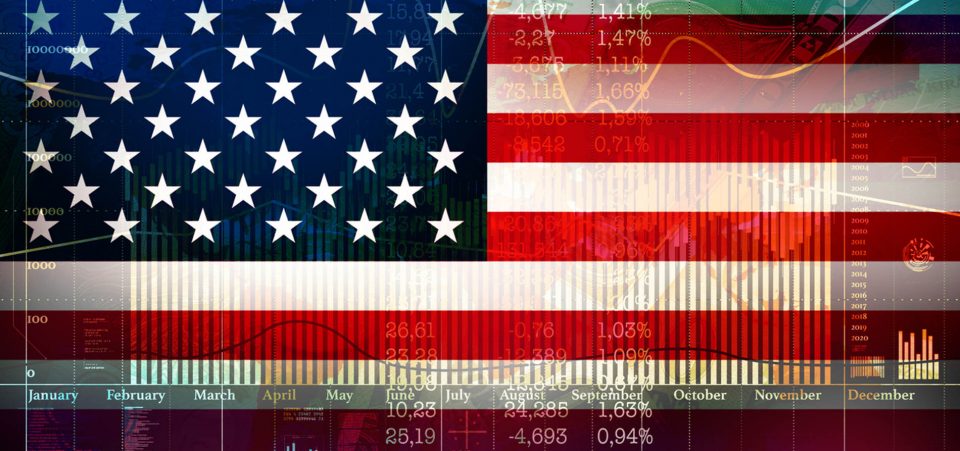Fed Raises Lending Rate for Second Time in 10 Years
Déjà vu. In a move that mirrors December 2015, the U.S. Federal Reserve surprised no one when it raised its key lending rate by a quarter of a percentage point to a range of between 0.5% and 0.75%. This suggests that the Fed believes the U.S. economy is strong enough to support the increase. (Source: “Federal Reserve Press Release,” Board of Governors of the Federal Reserve System, December 14, 2016.)
Just like last year though, the big question remains: is the U.S. economy strong enough? Some things have changed since December 2015, but many of the major hurdles remain, including weak global economic conditions, modest U.S. growth projections, high household debt levels, a lack of well-paying jobs, soft business investment, and slow productivity growth.
While the Fed took a hawkish tone and signaled that rates could rise three times in 2017, it is not quite as exuberant about the country’s economic prospects as Wall Street is. Fed officials seem cautious about President-elect Donald J. Trump’s economic action plan, and do not expect to see massive growth in 2017.
Economic projections from the Fed suggest that the U.S. economy will grow 1.9% in 2016 and 2.1% in 2017. Should the Fed raise rates three times in 2017, it is expected to end the year at a rate of 1.4%.
This can only happen if the U.S. economy responds favorably to the higher rate hike. Janet Yellen may not be a fan of Donald J. Trump, but even the Fed doesn’t want to curb the fragile U.S. growth.
All things considered, rates may still be near historic lows, but even a modest increase, like the one implemented last December, could be too much for the average American to bear.
Average Americans Unprepared for Rate Hike
Last year’s rate hike, the first since 2006, showed consumers just how a small increase affects mortgages, car loans, saving rates, and other forms of interest-sensitive credit. Any additional rate hike, no matter how small, will affect borrowers even more.
Despite the jobs data, the overall U.S. economy appears to be on a less-than-solid footing. Manufacturing jobs are down and the demand, apparently, for waiters and waitresses is way up. In fact, over the last two years, the U.S. economy has made room for 571,000 waiters and waitresses and lost 34,000 manufacturing jobs. (Source: “Current Employment Statistics (Establishment Survey),” Federal Reserve Bank of St. Louis, last accessed December 2, 2016.)
A lack of decent jobs and steady wage growth has led to increased debt. Over the last decade, U.S. household debt has soared 11%, with the average household owing $132,529. (Source: “Household Debt Nears Pre-Recession Levels,” NASDAQ, December 14, 2016.)
Total U.S. consumer debt, which stands at $12.35 trillion, is expected to reach $12.5 trillion by the end of 2016. This would surpass the total debt of $12.37 trillion in December 2007, when the Great Recession started.
And it’s getting tougher to pay that debt off. Over the last 13 years, the cost of living has increased 30%, but household income is up 28%. The most expensive debt, credit cards, costs the typical household $1,292.00 annually in interest charges. With interest rates expected to rise three times in 2017, that debt burden is going to get even worse.
With rising rates, no matter how modest, it’s going to be tough for the average American. Especially when you consider that 47% of Americans would have to borrow money if they had an emergency expense of just $400.00. Is it any surprise that close to 46 million Americans receive food stamps? (Source: “66 million Americans have no emergency savings,” CNBC, June 21, 2016.)
For a nation that gets more than 70% of its GDP from consumer spending, higher interest rates and increased debt loads could put a strain on the country’s growth trajectory.
What if you happen to have money socked away for retirement? The Fed continues to suck the income out of fixed income investments. Yes, rates are up but, at a range of 0.5%–0.75%, if you have a million dollars in the bank, that’s only $7,500.00.
Or, if you put that million dollars in a 30-year Treasury Bond, which has a yield of 3.15%, you’re still only looking at $31,500. You save a million dollars and, thanks to the Fed, you make about the same amount as an employee of a fast food restaurant. Again, for those who have spent the last 40 or 50 years doing the right thing and saving for retirement, it still looks like bread-and-water subsistence.






